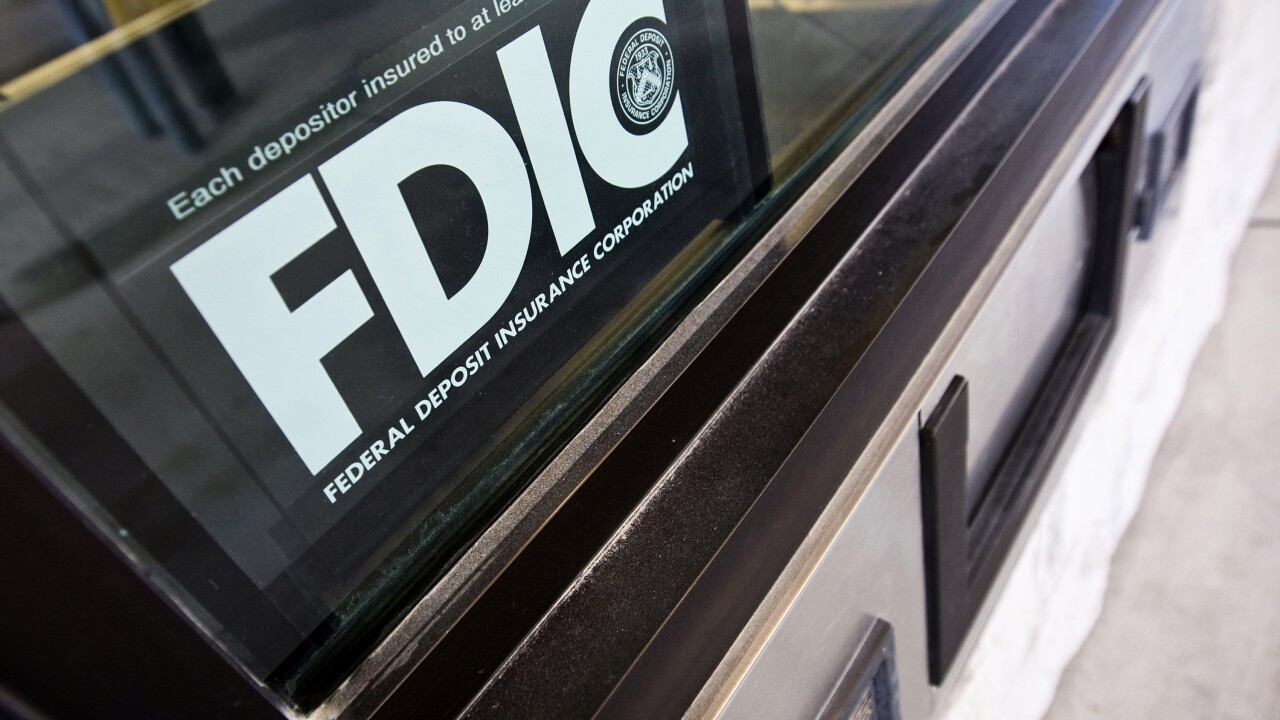-
The strategy document identifies potential avenues for cutting cybercriminals off from financing, as well as other actions banks can take.
March 3 -
In three years as a subsidiary of $3.2 billion-asset MVB Financial, Chartwell Compliance has tripled its headcount and revenues, MVB CEO Larry Mazza said Wednesday, after announcing Chartwell's sale to New York-based Ankura.
March 2 -
Rules around what, when, and to whom a bank must report in the wake of a data breach remain a key point of regulatory friction. Some hope a new federal office could help.
February 28 -
Financial services firms are focusing on essential risk-related priorities, but must not lose sight of the importance of innovative technologies that drive business forward.
February 27 -
Visa's strategy of devaluing data applies not just to its payment workflows but across the business. Visa Chief Risk Officer Paul Fabara shares more about this approach and four other cyber risk principles he follows.
February 22 -
To combat cybercriminals, banks and credit unions turn to white-hat hackers to uncover system vulnerabilities. But what motivates these computer whizzes can be surprising.
February 20 -
The personal financial management app, which has been downloaded 5 million times, was letting some users view emails and other personal information of other customers.
February 14 -
Derivatives markets were hobbled for several days by hackers using malware from LockBit, who said ION paid the ransom.
February 8 -
The top U.S. derivatives watchdog wants new cybersecurity rules as a recent attack on the software company ION Trading U.K. continues to roil the industry.
February 3 -
The Federal Deposit Insurance Corp.'s Office of Inspector General found a number of weaknesses in the agency's cyber risk examination program.
February 1









